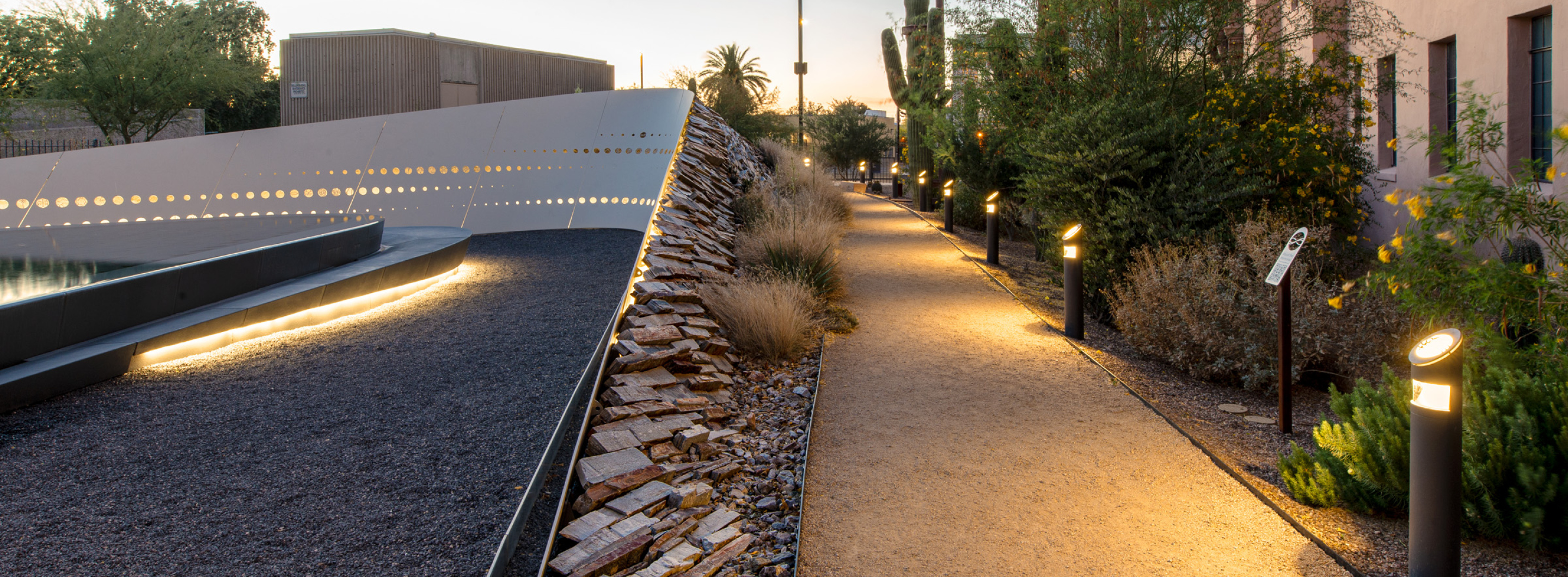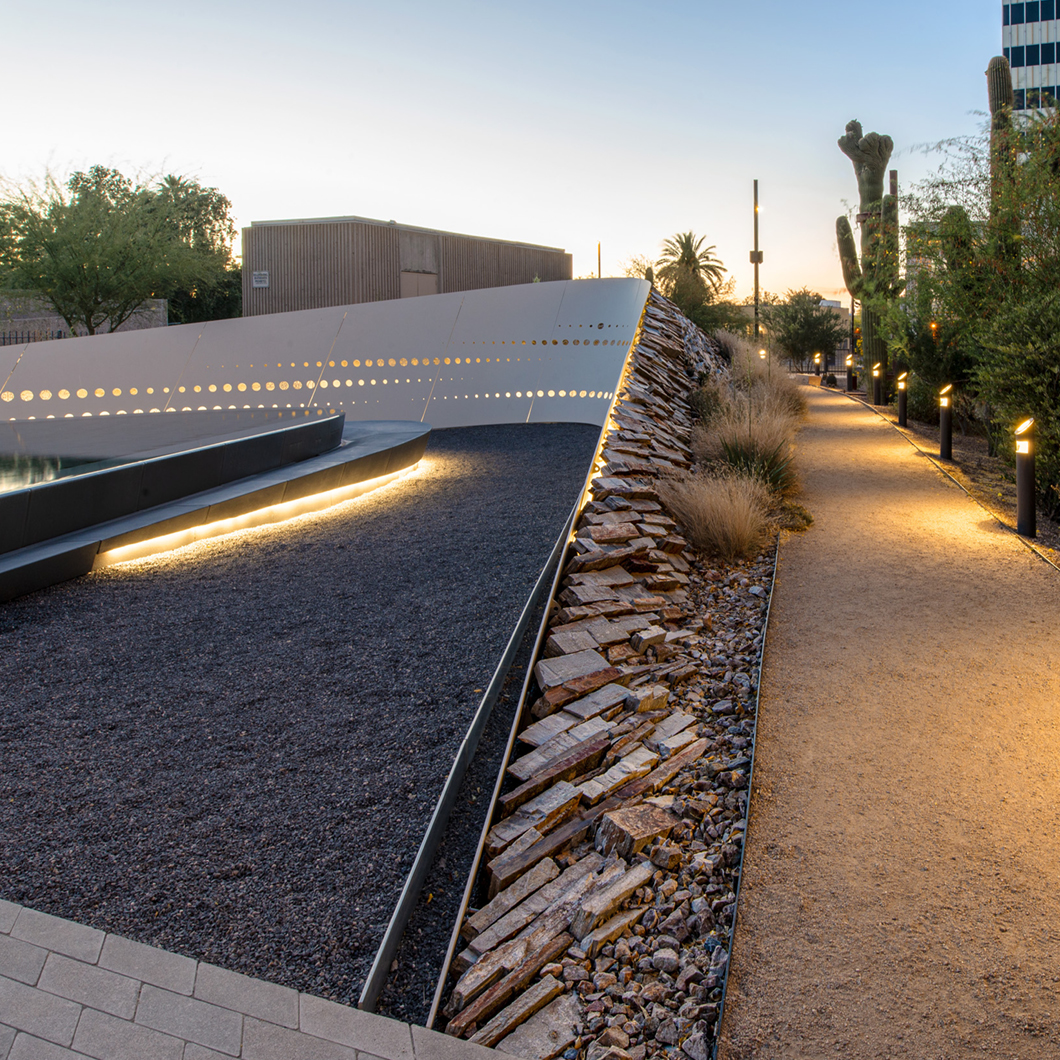April 8, 2024
Happy WLAM!
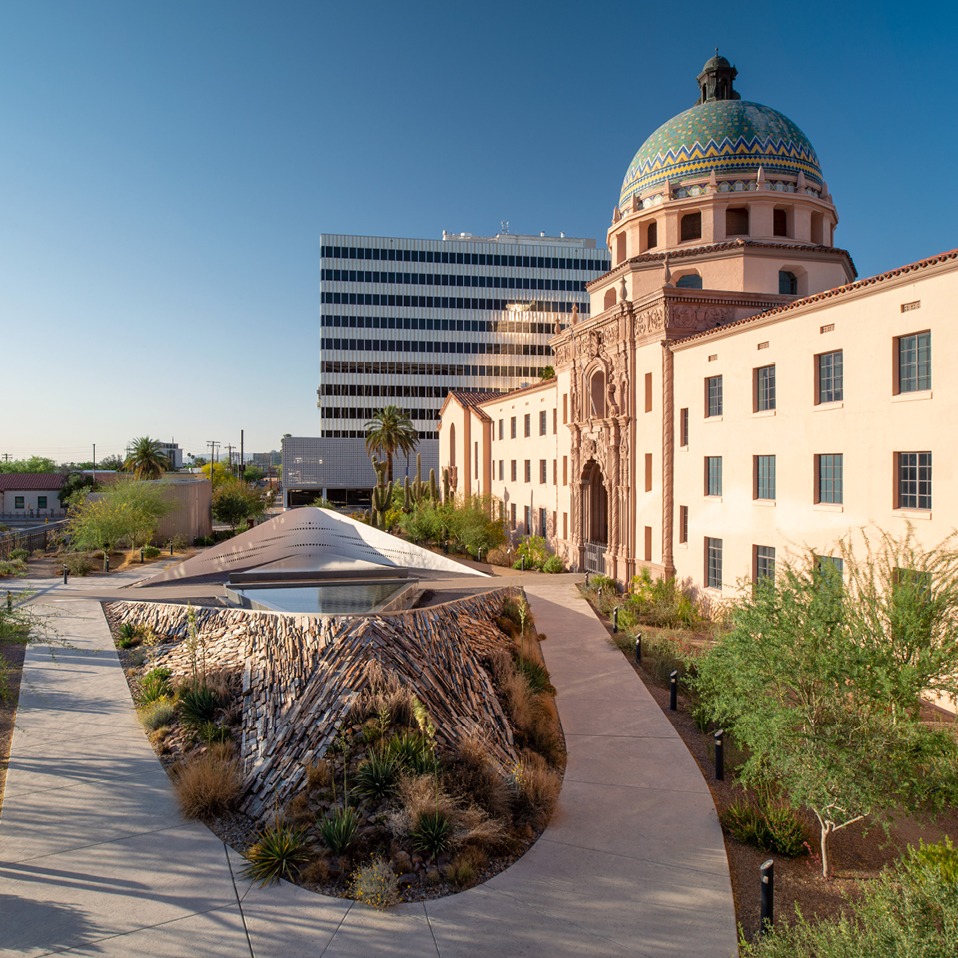
Landscape Architecture Shapes the World
Throughout time, landscape architecture has stood as a silent witness to humanity's ever-evolving relationship with the natural world. From the gardens of ancient civilizations to the meticulously crafted urban green spaces of modernity, landscape architecture has served as a conduit for cultural expression, environmental stewardship, and social cohesion.
Rooted in the principles of harmony, balance, and sustainability, this profession transcends mere aesthetics, offering a holistic approach to shaping the built environment. With a deep understanding of ecological systems and human behavior, landscape architects create the structure of our cities, parks, and public spaces, infusing them with vitality and meaning.
Landscape architecture plays a pivotal role in fostering community engagement, promoting physical and mental well-being, and mitigating the impacts of climate change. As stewards of the land, landscape architects continue to shape our collective narrative, forging connections between people and place that endure for generations to come.
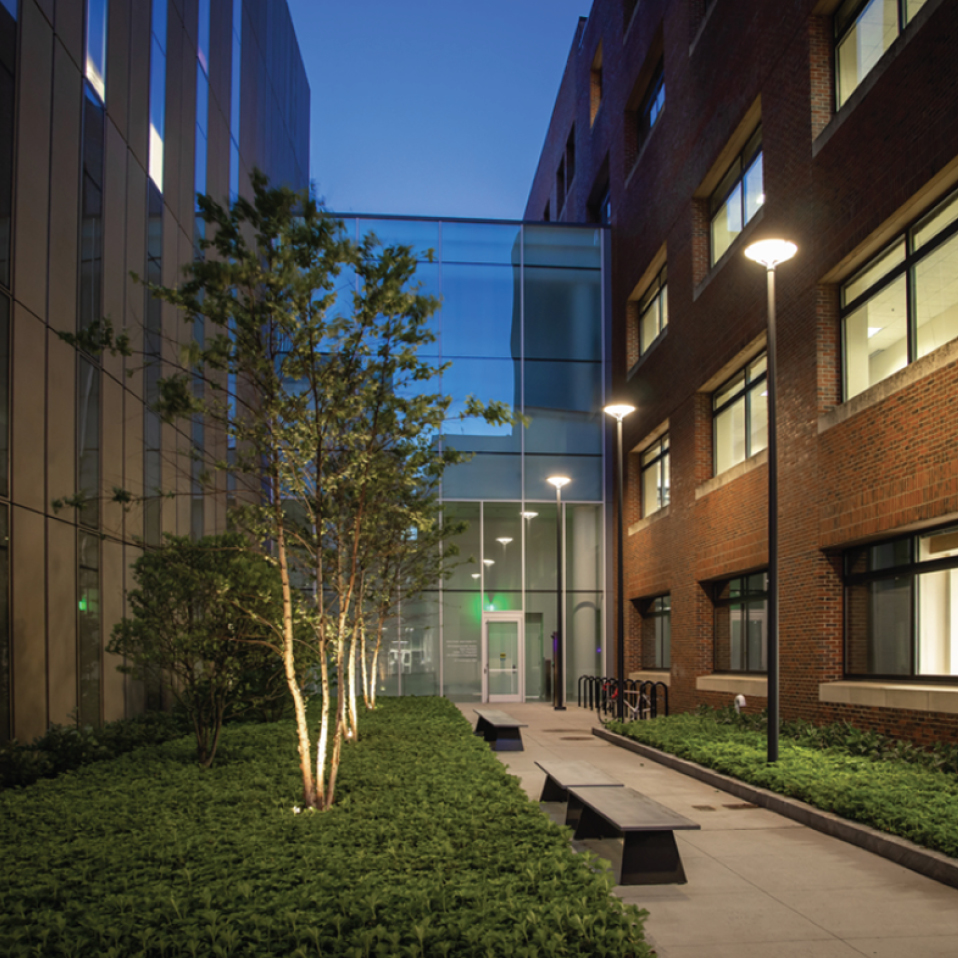
Featured Projects
In honor of WLAM, we want to celebrate those in our community who embrace these principles through the outstanding work they do creating spaces that enhance the human experience and help us better connect with ourselves, one another, and the world around us. Stay tuned all month long as we feature a new landscape architect each week and highlight their projects. While only four landscape architects are featured on our website, we would love to give YOU a shout-out. To have your firm and project featured on the BEGA Instagram in April, sign up here:
I want a shout-outBU Life Center by Copley Wolff
Rajen Kilachand Center for Integrated Life Sciences and Engineering at Boston University emphasizes the seamless integration of landscape architecture by Copley Wolff. The design focuses on commitment to collaboration, sustainability, and versatility, showcasing vibrant outdoor spaces and cutting-edge research facilities. We had a chance to chat with James Heroux, the lead landscape architect on the project, about this design at BU:
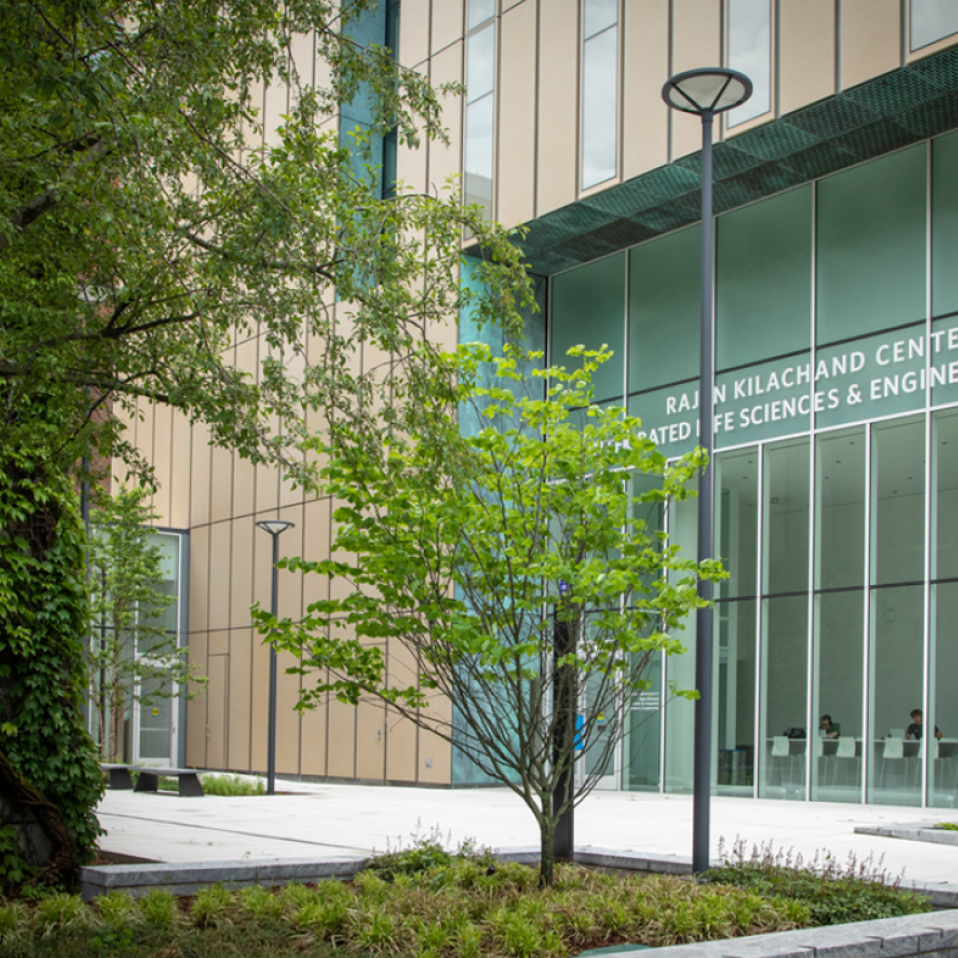
Interview with James Heroux

Tell us about the importance of this building/space and what problems needed to be solved with the design of a new space.
Space planning for educational facilities requires a balance of clear intuitive passage, opportunity for spontaneous interaction, and destinations for pause with reflective thought and semi-private conversation.
What were some of the biggest challenges you faced with the design and construction of this project?
Establishing a clear hierarchy of spaces where volumed passage did not compromise opportunity for quality pause.
How did you navigate the varying perspectives of all involved to come up with a cohesive design?
Combining an analysis of existing pedestrian patterns with the anticipated forces of the CILSE internal floor plan was critical to achieving a solution that simultaneously knitted movement with opportunities for reflection, gathering, and interaction, all critical in teaching and learning environments.

In addition to the concrete pavers and planters, can you tell us more about the elements you used to direct foot traffic as well as the overall use of the space?
The pavement geometries and monumental granite seat walls anchor the BU East quadrangle while providing resolution to an eclectic collection of campus passages and multiple building entrances at RKCILSE, the Communication Research Center, and Physics Research Building.
What is your favorite element of this project?
The modern courtyard between Morse Auditorium and RKCILSE was designed as a spontaneous gathering courtyard to service the two buildings and multiple entrances while serving as an anchor to the building’s internal “street” paralleling Commonwealth Avenue.
Why did you choose the BEGA fixtures that you specified for this project?
The specific Bega fixtures (pole top and catenary) were chosen for the modern appearance, performance, and capacity to seamlessly blend with the multiple pre and post war architectural styles.
